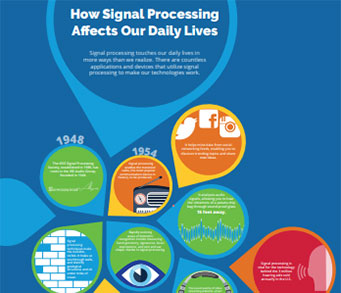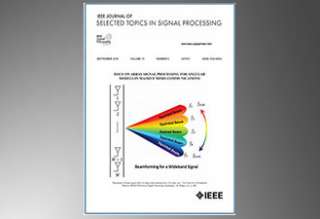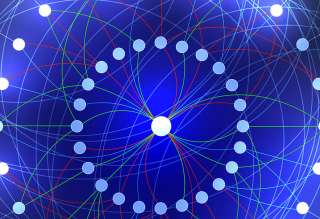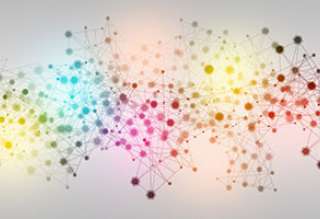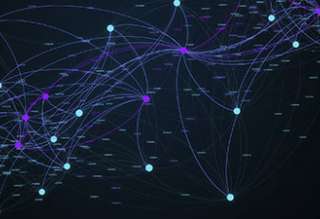SPS Feed
Top Reasons to Join SPS Today!
1. IEEE Signal Processing Magazine
2. Signal Processing Digital Library*
3. Inside Signal Processing Newsletter
4. SPS Resource Center
5. Career advancement & recognition
6. Discounts on conferences and publications
7. Professional networking
8. Communities for students, young professionals, and women
9. Volunteer opportunities
10. Coming soon! PDH/CEU credits
Click here to learn more.
The Latest News, Articles, and Events in Signal Processing
As a fundamental algorithm for collaborative processing over multi-agent systems, distributed consensus algorithm has been studied for optimizing its convergence rate. Due to the close analogy between the diffusion problem and the consensus algorithm, the previous trend in the literature is to transform the diffusion system from the spatially continuous domain into the spatially discrete one.
Graph neural networks have emerged as a popular and powerful tool for learning hierarchical representation of graph data. In complement to graph convolution operators, graph pooling is crucial for extracting hierarchical representation of data in graph neural networks. However, most recent graph pooling methods still fail to efficiently exploit the geometry of graph data. In this paper, we propose a novel graph pooling strategy that leverages node affinity to improve the hierarchical representation learning of graph data.
In order to perform network analysis tasks, representations that capture the most relevant information in the graph structure are needed. However, existing methods learn representations that cannot be interpreted in a straightforward way and that are relatively unstable to perturbations of the graph structure. We address these two limitations by proposing node2coords, a representation learning algorithm for graphs, which learns simultaneously a low-dimensional space and coordinates for the nodes in that space.


Open faculty position at KU Leuven, Belgium: junior professor in reinforcement learning
Manuscript Due: November 30, 2021
Publication Date: August 2022
CFP Document

Face recognition has become a key technology in our society, frequently used in multiple applications, while creating an impact in terms of privacy. As face recognition solutions based on artificial intelligence (AI) are becoming popular, it is critical to fully understand and explain how these technologies work in order to make them more effective and accepted by society.
Pages
SPS Social Media
- IEEE SPS Facebook Page https://www.facebook.com/ieeeSPS
- IEEE SPS X Page https://x.com/IEEEsps
- IEEE SPS Instagram Page https://www.instagram.com/ieeesps/?hl=en
- IEEE SPS LinkedIn Page https://www.linkedin.com/company/ieeesps/
- IEEE SPS YouTube Channel https://www.youtube.com/ieeeSPS




